The Tale of the Alexander Patent Racket Co.
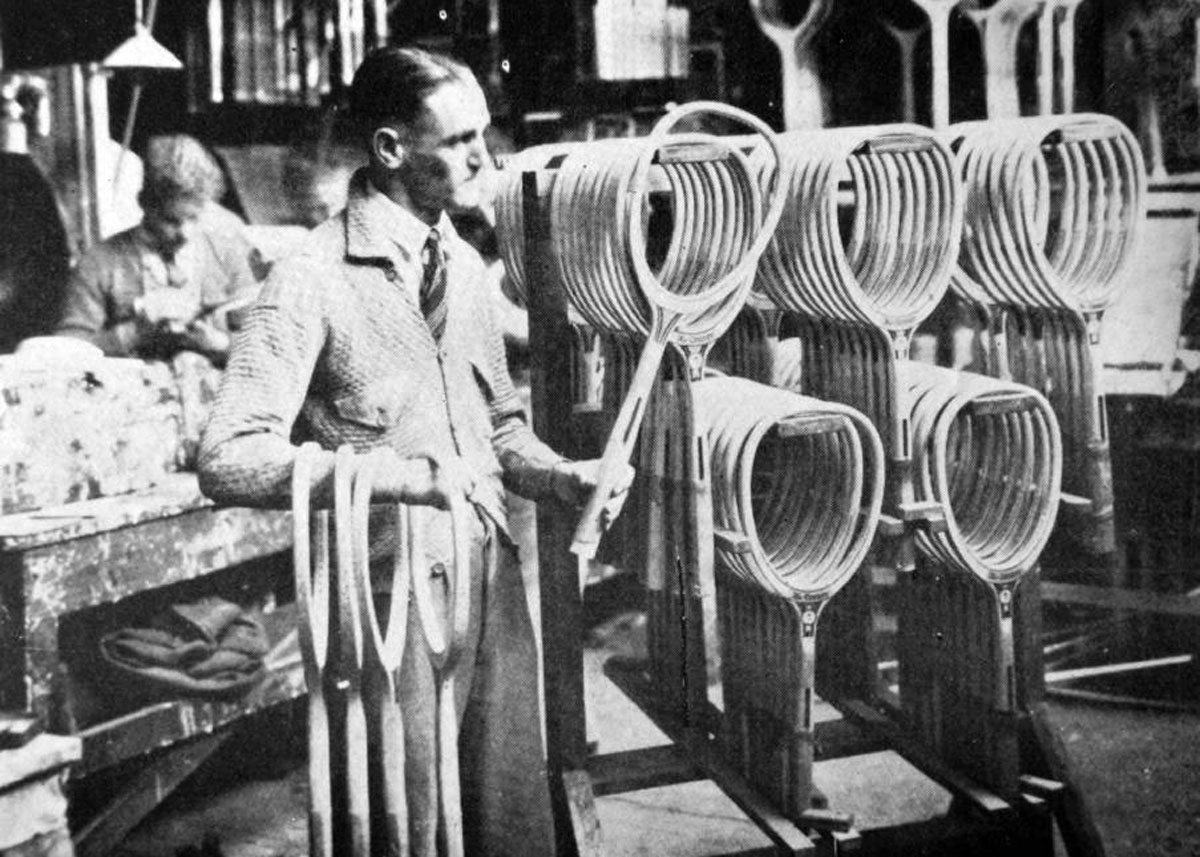
The Alexander Patent Racket Co was instrumental to Launceston’s post-WW1 economy, with innovative designs putting the company on the global map. What started as a vision from a local furniture maker turned into an iconic Australian product, with distinctive racquets putting Australian players like Jack Crawford in the international spotlight. It’s not a tale without its challenges though, and the ability to source ash wood to manufacture products competitively is where we connect to our Holm Oak estate.
Read on to learn about the history of the Alexander Patent Racket Co. and the connections between this formidable enterprise and Holm Oak Wines.
The History of the Alexander Patent Racket Co.
Post-World War 1 in Launceston was brutal, the Tasmanian economy needed rebuilding. Sir Nicholas Lockyer representative of the Commonwealth Government, increased investment into primary industries including timber and agriculture (Green, 2022) which helped keep the economy turning.
It was a fitting time for visionary furniture maker Alfred Alexander Junior to turn his craft towards making tennis racquets. Alfred had previously worked at Launceston’s Technical College, then he and his brother Douglas Davey Alexander saw an opportunity to build their racquet after seeing the rising purchase costs. They started working on designs for their racquet, built out of their Newstead home. In 1921 they applied for a patent for their new racquet.
1925 saw the inception of Alexander Patent Racket Co. Production facilities were based in the Wentworth Street factory, Newstead. Designed with innovation at the forefront, their distinctive racquets had the advantage of being patented and they were uniquely made from Ash wood.
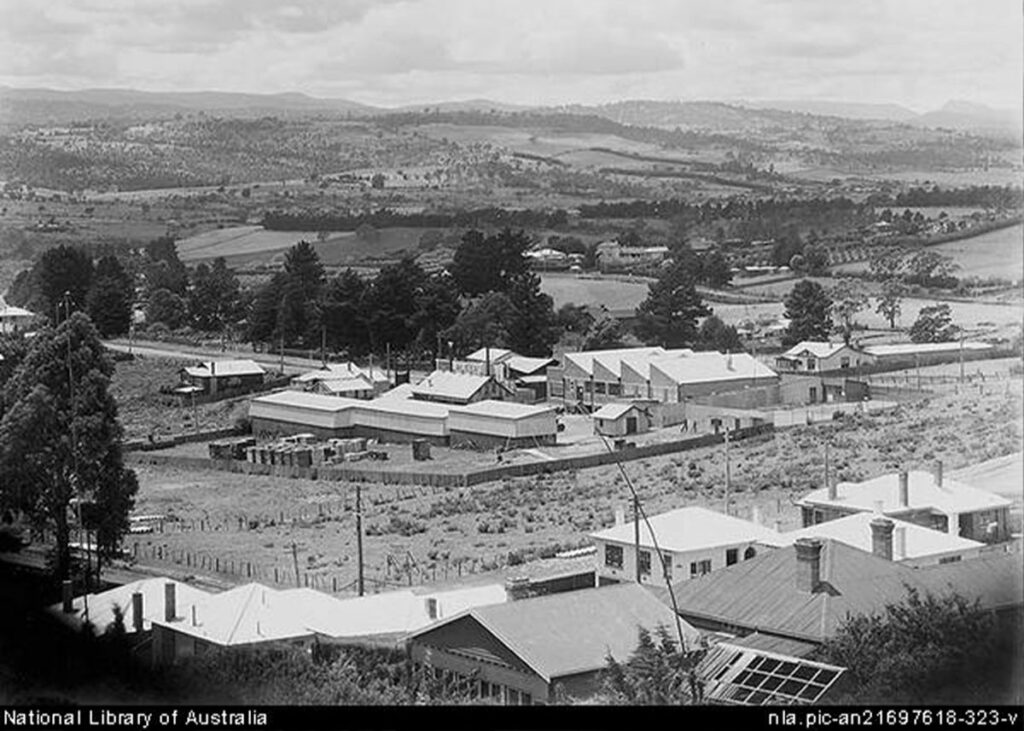
The first day of production was 13 March 1926; on that day seven racquets left the factory. What started as a small team expanded to 130, each learning their racquet manufacturing craft for the first time at Alexander Patent Racket Co. The company contributed to the local economy of Launceston, providing jobs and production for domestic and international sales. A source of local pride – the local community rallied behind this start-up venture with retailers like Hopwood & Co. supporting distribution growth.
What made these racquets unique?
The Alexander brothers used strips of tin, wood and flexible materials fastened together to form the rim of the tennis racquet. The material was long enough to reach from the rim of the racket to the handle. This racquet was created, by bending timber, without the help of steam (What A Racket by Gus Green). According to Green, bending timber by steam produced a frame with weak points.
The materials and the process created efficiencies and quality improvements. “Alexander’s racquets were renowned for their strength and superior performance achieved by bending strips of alternating long and cross-grained timbers (to form the frame of the racquet and then securing them to a gradually flanged handle core resulting in a powerful and strong design that overcame many of its predecessor’s weaknesses.” (Green, 2011).
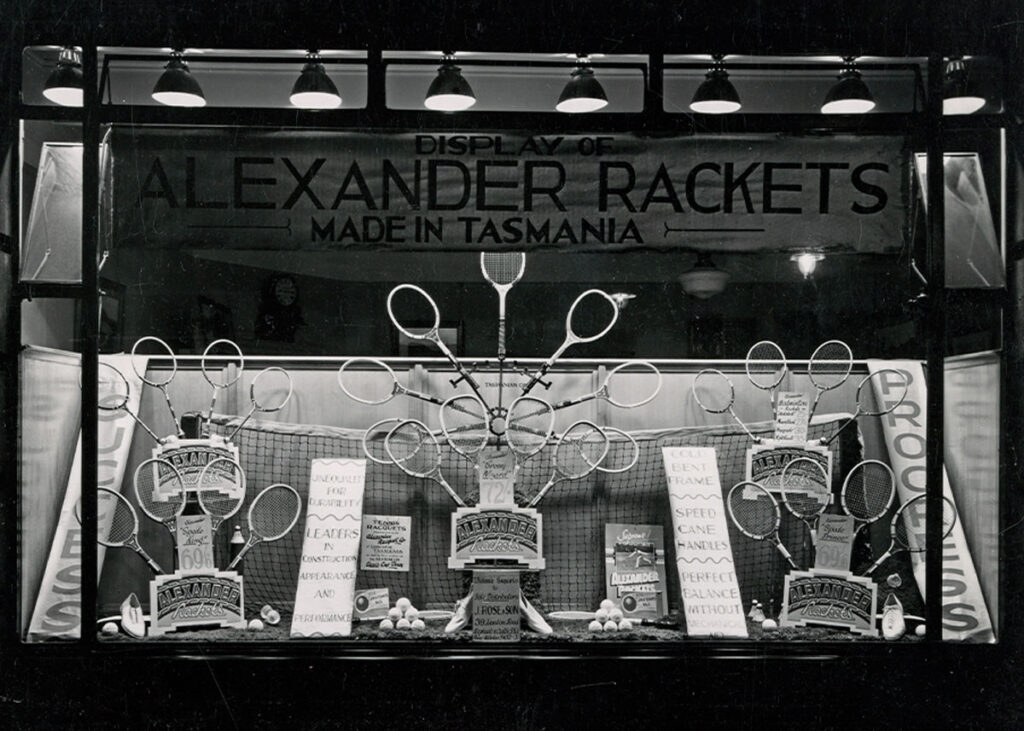
The word started to spread about the superior quality of this new racquet. There was a full-page newspaper article in Launceston’s The Examiner on Friday 14th, October 1927, outlining the success of the Alexander Patent Racket Co. (Green, 2011). The company’s Newstead factory expanded to accommodate the output of approximately 750 racquets per week.
The product range expanded, making tennis racquets, cricket bats, hockey sticks, golf clubs, badminton, and squash racquets.
Jack Crawford and the Cressy ‘Wizard’ tennis racquet
Many designs were crafted at the factory, one of the most famous being the Cressy Wizard flat-top racquet. This particular design was used by Australian Tennis player Jack Crawford when he won Wimbledon in 1933, only the third Australian to do so. The tennis superstar put the company in the spotlight. The racquet became known as the world’s record-breaker as company share prices rocketed.
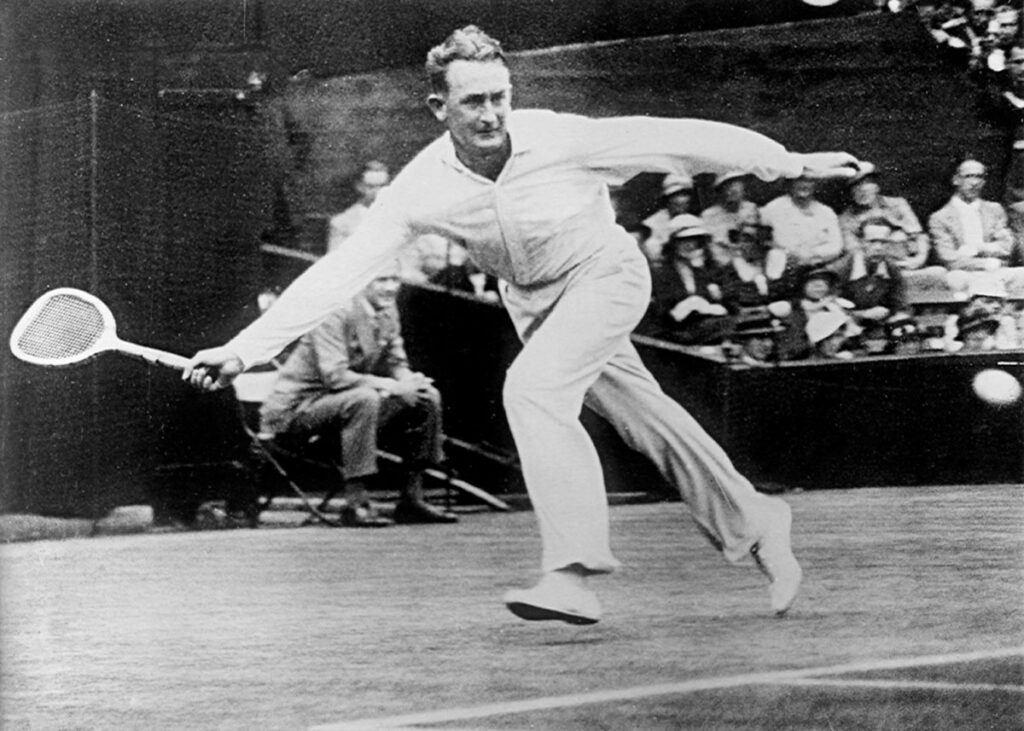
In the book How to Improve Your Tennis. A.V. Doyle said, “The latest Cressy Wizard model is an absolute triumph for Australian craftsmanship and reflects the highest credit of the makers. I have not seen a better finish on any of the overseas racquets.”
Since the initial business was started, the Launceston local had proven itself on global sales and in 1936 profits topped £6,000 for the first time.
Ash Plantations Limited
As production grew, so did the demand for local ash timber wood to produce racquets at scale. In the late 1930s, the company tenanted approximately 170 acres of land northeast of Launceston at a property known as Hollybank. This was hoped to solve the challenges of importing timber when no such plantings existed in the Commonwealth. In 1933, Ash Plantations Limited was incorporated and 21,600 English ash and willow trees were planted. The project was overseen by Eric Stewart Sr, a well-known local tennis player and a former Alexander Patent Racket Co employee.
One of the directors of Ash Plantations Limited was also Alexander North, who would go on to establish our Holm Oak property nearby.
Unfortunately, the plantation never came to fruition. By 1943 it became abundantly clear that the ash trees were growing differently than planned. Ash typically grows in deep alluvial soils, but these particular soils were too acidic, and moisture was a problem. The project was sadly abandoned in 1950 and no tennis racquets were ever produced from the wood that was envisaged to drive economies of scale in production.
What became of Alexander Patent Racket Company?
Alfred Alexander Junior sadly passed away in June 1937, leaving quite a legacy. The legendary flat-top racquet was discontinued in 1936, just three years after the Wimbledon victory by Jack Crawford of 1933.
Post-World War II saw much competition for racquets, and even General Manager and sales extraordinaire W.J. Sheehan could not secure global growth. Advertising focused on being the only Australian-made racquet to win a world championship, but that was not enough. The worldwide patent 2594/21 taken out by Alfred Alexander and his brother in 1921 expired. Other manufacturers were now free to use Alexander’s method and competition intensified globally.
The misfortune continued and the company went into liquidation in 1961. The factory closed and sold to Spalding; the Cressy name continued for a few years.
The site of the factory is now the home to the Launceston Police-Citizens Youth Club.
Holm Oak’s Connection to Alexander Patent Racket Co.
Our Holm Oak wine story is intertwined; local architect, Alexander North once owned the property. He was also a director of the Alexander Patent Racket Co. and a keen botanist. He and his son Eric planted many trees on their Rowella property, including oaks, scarlet oaks, and silver birth, hoping to provide wood to make racquets. Whilst the vision for the trees never came to fruition, it did create a spectacular estate, rich in soil and perfect for crafting world-class wines, now the home of Holm Oak.
When it came to finding a suitable name for Holm Oak’s finest wines, it was hard not to go past the name of the Wizard in honour of the site’s vision for producing fine local tennis racquets. It’s a wide range that’s become synonymous with quality. It’s certainly known as an “ace” in wine Circles!
We love to think that we share the same values of quality, perseverance, and spirit of innovation as our tennis-loving forefathers. It’s a privilege to craft our distinctive small-parcel Tasmanian wines on this site, steeped in history. Many of our wines are now named after these famous tennis racquets. It’s a match made in heaven.
Now you can enjoy a serve of our finest with a new tasting experience – taste through the wines and hear some of the local tales. To book the top of our game tasting experience at Holm Oak click here.
Blog References:
Green, Gus. (2011). What a Racket! The Illustrated Story of the Alexander Patent Racket Co. Ltd. Bookprint Pty ltd.
tennishistory.com.au. (n.d.). Alexander Racquet Company. [online] Available at: http://tennishistory.com.au/2008/12/alexander/ [Accessed 3 Jul. 2023].
